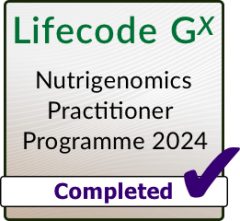Reference Number: 103
Year: 2007
Link: Link to original paper
Health: IBS
Nutrition: Fibre
Intolerance & Sensitivity: FODMAPS
Summary
Introduction
Fructans are not digested in the small intestines of humans. While many health benefits have been attributed to these carbohydrates, they can cause gastrointestinal symptoms in some individuals.
Aim
This study aimed at measuring the amount of fructans (non-digestible carbohydrate) in a variety of fruits and vegetables sourced from Australia.
Method
We measured the total fructans in 60 vegetables and 43 fruits using the Megazyme fructan assay.
Results
Vegetables with the highest quantity of fructans included garlic, artichoke, shallots, leek bulb, and onions (range, 1.2-17.4 g/100 g). Fruits with low, but detectable, fructans included longon, white peach, persimmon, and melon (range, 0.21-0.46 g/100 g). The fructan assay was modified to provide an estimate of the average chain length (degree of polymerization) for high fructan vegetables. D-Fructose can also be malabsorbed in the small intestine of humans, so the D-fructose content in some foods was measured to supplement the current food tables.
SIGNIFICANCE OF THIS STUDY
This study provides us a summary of high and low fructans containing fruits and vegetables. This information could be useful for those individuals who have been advised to follow a low FODMAPs diet since they are unable to digest short chain carbohydrates such as fructans present in a variety of foods.
Please note: The information provided in this study can be used as a guideline only. Please consult your dietitian if you wish to follow a low FODMAP diet.

